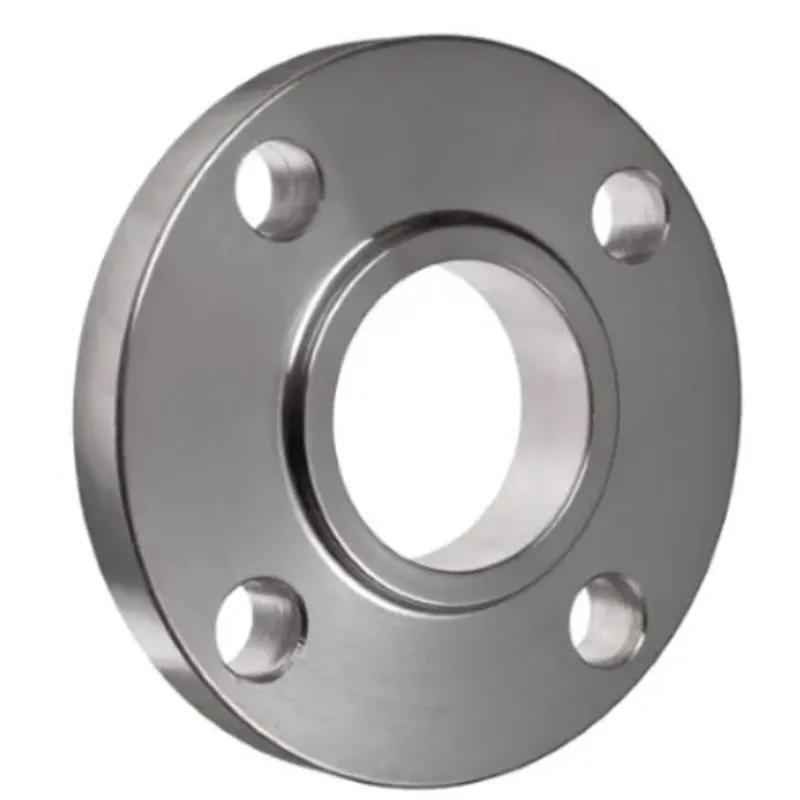-
Cangzhou Yulong Steel Co., Ltd.
-
Phone:
+86 13303177267 -
Email:
admin@ylsteelfittings.com
- English
- Arabic
- Italian
- Spanish
- Portuguese
- German
- kazakh
- Persian
- Greek
- French
- Russian
- Polish
- Thai
- Indonesian
- Vietnamese
- Zulu
- Korean
- Uzbek
- Hindi
- Serbian
- Malay
- Ukrainian
- Gujarati
- Haitian Creole
- hausa
- hawaiian
- Hebrew
- Miao
- Hungarian
- Icelandic
- igbo
- irish
- Japanese
- Javanese
- Kannada
- Khmer
- Rwandese
- Afrikaans
- Albanian
- Amharic
- Armenian
- Azerbaijani
- Basque
- Belarusian
- Bengali
- Bosnian
- Bulgarian
- Catalan
- Cebuano
- China
- China (Taiwan)
- Corsican
- Croatian
- Czech
- Danish
- Esperanto
- Estonian
- Finnish
- Frisian
- Galician
- Georgian
- Kurdish
- Kyrgyz
- Lao
- Latin
- Latvian
- Lithuanian
- Luxembourgish
- Macedonian
- Malgashi
- Malayalam
- Maltese
- Maori
- Marathi
- Mongolian
- Myanmar
- Nepali
- Norwegian
- Norwegian
- Occitan
- Pashto
- Dutch
- Punjabi
- Romanian
- Samoan
- Scottish Gaelic
- Sesotho
- Shona
- Sindhi
- Sinhala
- Slovak
- Slovenian
- Somali
- Sundanese
- Swahili
- Swedish
- Tagalog
- Tajik
- Tamil
- Tatar
- Telugu
- Turkish
- Turkmen
- Urdu
- Uighur
- Welsh
- Bantu
- Yiddish
- Yoruba

Nov . 09, 2024 03:03 Back to list
Understanding ANSI B16.1 Class 250 Standards for Flanges and Pipe Connections
Understanding ANSI B16.1 Class 250 A Comprehensive Overview
The ANSI B16.1 standard plays a crucial role in the design and manufacturing of cast iron fittings and flanged products in the United States. The specification provides guidelines for various classes of products, one of which is Class 250. Understanding this classification is essential for engineers, manufacturers, and consumers alike in ensuring safety, compatibility, and performance in piping systems.
What is ANSI B16.1?
The American National Standards Institute (ANSI) B16.1 specification outlines the standards for gray iron castings used in piping applications. This standard covers the dimensions, tolerances, pressure-temperature ratings, marking, and testing of cast iron fittings, flanges, and other components typically used in drainage, waste, and vent applications. The B16 series is comprehensive, and B16.1 specifically focuses on cast iron products, which are renowned for their durability and resistance to corrosion.
Class 250 Defined
The Class designation in ANSI B16.1 refers to the pressure rating of the components. Class 250 indicates that the product is designed to handle a maximum pressure of 250 psi (pounds per square inch) at a standard temperature, typically up to 150°F (65°C). This class is significant for applications that require robust pressure-handling capabilities while also maintaining durability in various environmental conditions.
Applications of Class 250
Class 250 fittings are commonly employed in municipal and industrial applications, particularly in water treatment, chemical processing, and HVAC systems. The materials used in Class 250 products are chosen for their ability to withstand high pressures, making them ideal for critical infrastructure projects where reliability is essential. Additionally, these fittings are often used in gravity flow applications and wastewater systems, where their structural integrity helps prevent leaks and failures.
ansi b16 1 class 250

Material Specifications
Typically, Class 250 components are made from gray cast iron, which is valued for its excellent machinability and compressive strength. The chemical composition of cast iron provides good corrosion resistance, making it suitable for a variety of fluids, including water, sewage, and even certain chemicals. The specific materials must meet stringent criteria set forth in the ANSI B16.1 standard to ensure compatibility and longevity.
Industry Importance
The significance of adhering to ANSI B16.1 Class 250 standards cannot be overstated. Compliance ensures that the fittings and flanges used in piping systems not only meet safety regulations but also enhance the overall performance of the infrastructure. Engineering teams and manufacturers must understand these standards thoroughly to prevent catastrophic failures that could result from improper material selection or inadequate pressure ratings.
Installation and Maintenance Considerations
When working with Class 250 fittings, several installation and maintenance considerations are essential. Proper installation techniques must be employed to ensure that pressure ratings are met and that the system operates effectively over its expected life span. Additionally, routine inspections and maintenance are critical for identifying and mitigating potential issues before they lead to system failures. Strategies such as regular cleaning, checking for corrosion, and ensuring tight seals can prolong the lifespan of Class 250 installations.
Conclusion
In conclusion, ANSI B16.1 Class 250 is a vital standard within the realm of piping and fluid systems. Its stipulations regarding material properties, pressure ratings, and application use guide industry professionals in creating safe and efficient systems. Understanding this classification not only aids in the design and selection of components but also ensures that installations can withstand the pressures and demands of various operational environments. Adhering to these standards is a critical step toward maintaining system integrity and reliability, ultimately leading to safer and more sustainable engineering practices.
Latest news
-
ANSI 150P SS304 SO FLANGE
NewsFeb.14,2025
-
ASTM A333GR6 STEEL PIPE
NewsJan.20,2025
-
ANSI B16.5 WELDING NECK FLANGE
NewsJan.15,2026
-
ANSI B16.5 SLIP-ON FLANGE
NewsApr.19,2024
-
SABS 1123 FLANGE
NewsJan.15,2025
-
DIN86044 PLATE FLANGE
NewsApr.19,2024
-
DIN2527 BLIND FLANGE
NewsApr.12,2024
-
JIS B2311 Butt-Welding Fittings LR/SR 45°/90° /180°Seamless/Weld
NewsApr.23,2024











